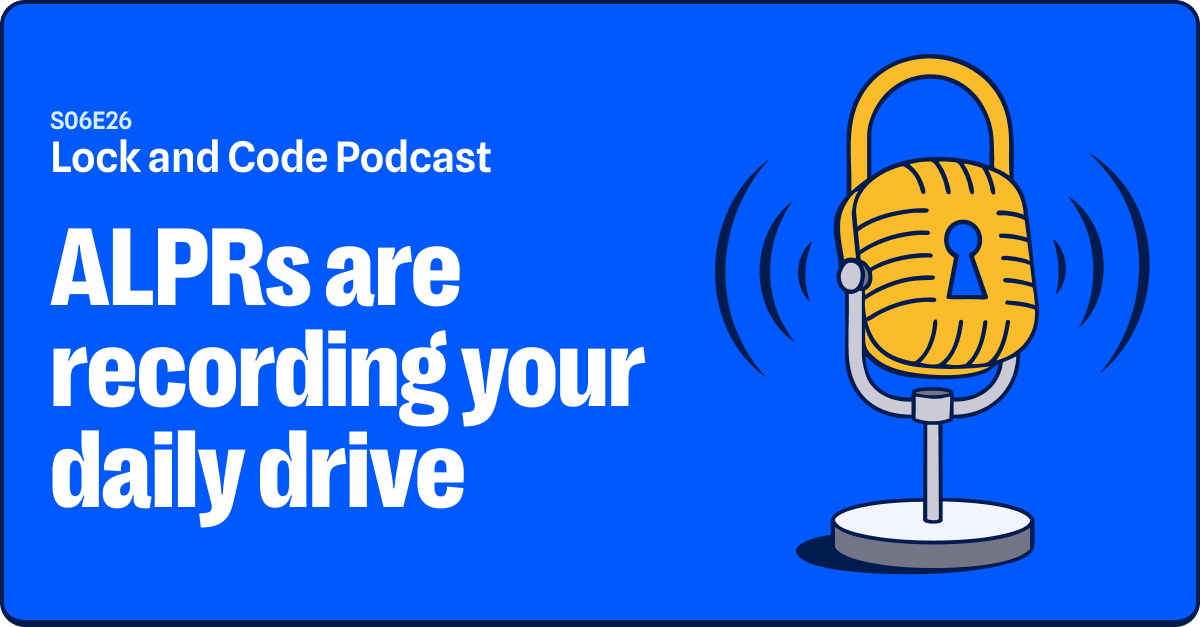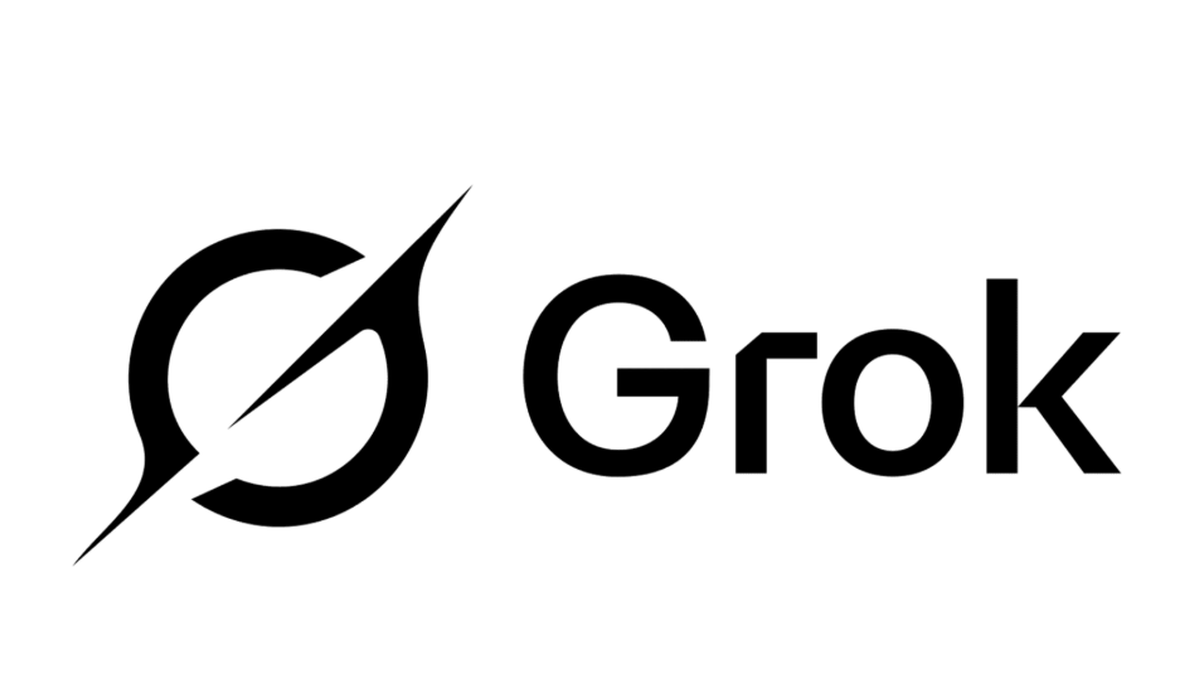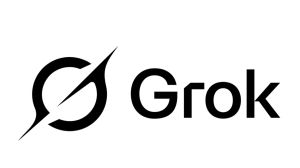KeePass is a free open source password manager, which helps you to manage your passwords and stores them in encrypted form. In fact, KeePass encrypts the whole database, i.e. not only your passwords, but also your user names, URLs, notes, etc.
That encrypted database can only be opened with the master password. You absolutely do not want an attacker to get hold of your master password, since that is basically the key to your kingdom—aka “all your passwords are belong to us.”
However, a researcher has worked out a way to recover a master password, and has posted KeePass 2.X Master Password Dumper on GitHub.
The description of the vulnerability (CVE-2023-32784) says:
“In KeePass 2.x before 2.54, it is possible to recover the cleartext master password from a memory dump, even when a workspace is locked or no longer running. The memory dump can be a KeePass process dump, swap file (pagefile.sys), hibernation file (hiberfil.sys), or RAM dump of the entire system. The first character cannot be recovered. In 2.54, there is different API usage and/or random string insertion for mitigation.”
The issue was reported to the developer of KeePass on May 1, 2023 and relies on the way that Windows processes the input of a text box.
Since the developer has fixed the issue, this would normally be the place where we tell you to update KeePass. Unfortunately, a release for the new update (2.54) is not expected for a few months, since the developer is still working on a few other security related features.
However, there is no reason for most KeePass users to immediately panic and switch to a different password manager, because it would be very difficult for an attacker to get their hands on a memory dump of your system without you noticing. That being said, the gravity of the situation is different for people that are afraid their system might be confiscated and submitted to forensic analysis.
Protection
There are a few things you can do if you’re worried about this vulnerability.
- KeePass can be used with YubiKey. A YubiKey is a USB stick which, when inserted into a USB slot of your computer, allows you to press the button and the YubiKey will enter the password for you. This keeps the password out of the text box and it doesn’t end up in the system memory.
- Scan your system for malware. It is feasible that malware could be used to remotely fetch a memory dump from an infected system.
- Turn on device encryption to keep unauthorized users from accessing your system.
For those with the more serious threat model of system confiscation that we mentioned earlier, the researcher that found the issue posted the advice to follow these steps:
- Change your master password
- Delete hibernation file
- Delete pagefile/swapfile
- Overwrite deleted data on the HDD to prevent carving (e.g. Cipher with /w on Windows)
- Restart your computer
Or just overwrite your hard disk drive (HDD) and do a fresh install of your operating system (OS).
That looks a bit over the top for most users, and most will not need to do it. However we do advise all KeePass users to keep an eye out and to update to KeePass 2.54 or higher once it is available.
We don’t just report on vulnerabilities—we identify them, and prioritize action.
Cybersecurity risks should never spread beyond a headline. Keep vulnerabilities in tow by using Malwarebytes Vulnerability and Patch Management.










